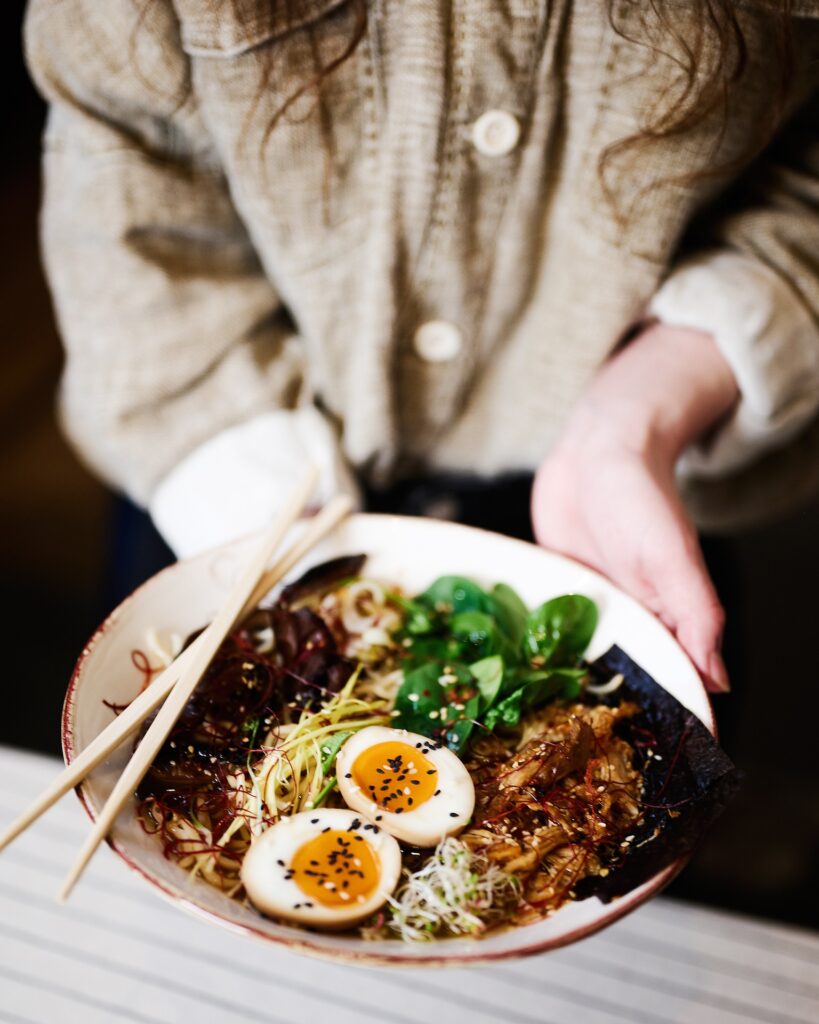This article presents a new scheme for classifying Feng Shui cures. How to use the natural energies of the three terrestrial kingdoms (Mineral, Animal and Vegetable) and our senses to improve the quality of the environment in our homes.
The Chinese tradition of Feng Shui has given us a list of practical remedies, the so-called Feng Shui cures, such as colors, various types of objects, mirrors and lights, etc., without, however, placing an order of either hierarchical or logical-energetic type.
Let’s see instead how we can construct a scheme of Feng Shui cures starting from the general and then going into the particular. First of all, a first approach could be to systematize the types of cure by associating them with the three kingdoms to which three very different and complementary energies correspond: animal, vegetable and mineral which are always present in nature, in addition of course to air and water understood as essential elements.
So we could think that a first balance could be to use all three of them. This is regardless of the preferences that the resident may have, which should still be duly taken into account
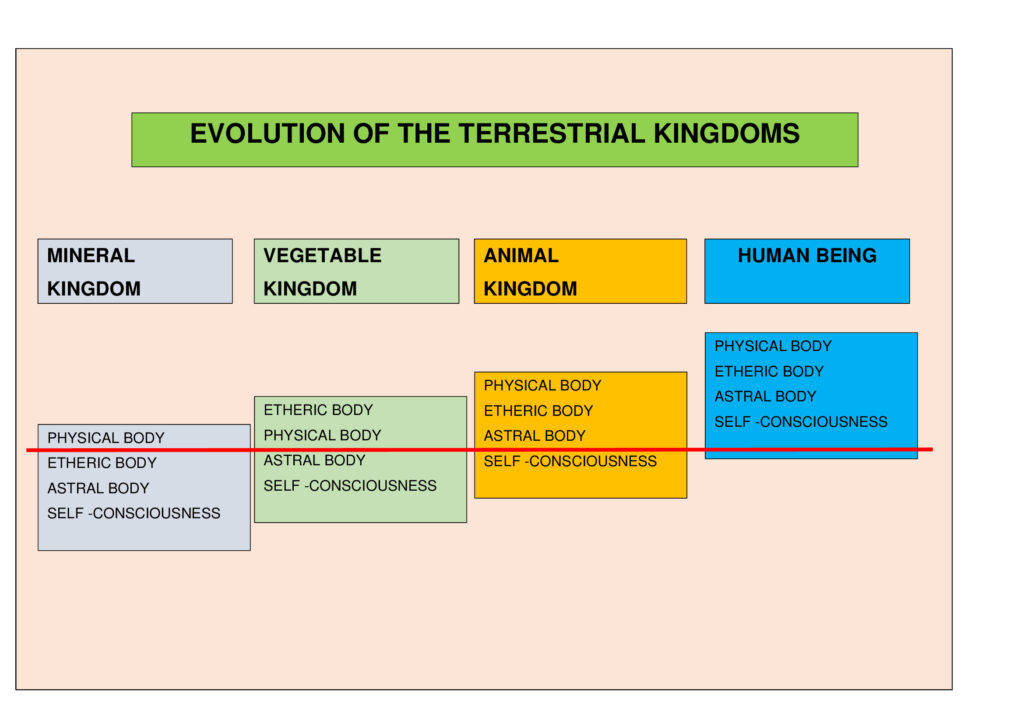
Feng Shui Cures with Plant Energy in the Home
Let’s start with the most commonly used realm, which is the plant kingdom: except for a few cases, there are no environments unsuitable for plant life, and in fact, houseplants, balcony, and terrace plants are among the easiest elements to use to bring a piece of nature and a bit of kindness into the home.

However, there are two types of contraindications, one deriving from the type of house/apartment and one from its inhabitant(s). In fact, on the one hand there may be serious deficiencies of light that make plant life impossible, on the other hand the inability of the inhabitant(s) to manage the plants, what is said “not to have a green thumb” or to kill all the plants that are bought or that are given as gifts.
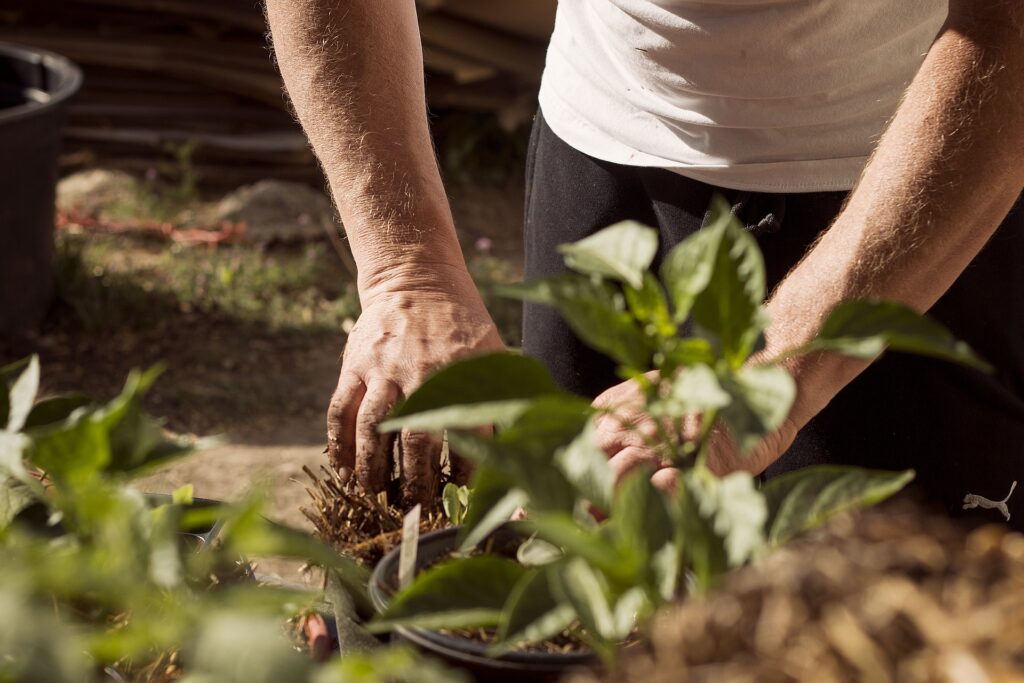
To overcome this, one possibility is to use fake plants which, however, have low energy value and a high commercial cost. In some sporadic cases they can be useful, especially when they are very well made (of course, the cost is definitely high).
The lack of light is a serious limiting factor, practically insurmountable, while there are different levels of inability to manage plants, from that essentially originated by laziness, to that of technical inexperience. Usually both can be overcome with a little good will and application, perhaps starting from the simplest management.
Once the possibility of use has been examined, we then move on to the application part of choosing the species and their positioning according to the Chinese Compass and Feng Shui. (This part will be the subject of further discussion, although some aspects relating to plants have been examined in the article “Feng Shui and green areas”)
Feng Shui Cures with Animal Energy in the Home
For some, it might be much easier to keep a cat or a dog rather than a plant, but in general, the approach to the animal world requires greater attention, also because the interaction between inhabitant and animal is deeper than with the plant, especially if it is a mammal.
The first aspect that distinguishes plant energy from animal energy is that the second is always in motion, albeit with very diverse modalities and intensities: the fish in the aquarium and the cat in the house both move very quickly but with a very different range of action. Both are characterized, however, by a rapid and unpredictable Qi, which gives the general Qi of the environment very different characteristics from that of plants. We can consider the level of plant Qi more yin than that of animal Qi, with all the distinctions of the case. In fact, a turtle could have a Qi not much different from a rapidly expanding philodendron….
Feng Shui cures implemented with animals are rather complex, especially if they are free animals, which can move anywhere in the house. Cats and dogs, to name the most common domestic animals, require special attention and professional skills to be managed optimally. What interests Feng Shui is their ability to interact with the inhabitants with deep psychological values to the point of modifying the Qi of the house in an even integral way. It is therefore first of all a question of considering them as any human inhabitant, starting from the fixed place that is conferred on them. The dog in particular needs a kennel and this is normally placed according to purely practical criteria; in reality with the Feng Shui method the place should be assigned using the Chinese Compass and possibly considering the characteristics and personality of the dog.

A different approach should be used with the cat, which has a rather different behavior from the dog and for this reason its presence should be thought of as a not very controllable variable, also due to its dexterity and ability to jump and cling anywhere. In this sense, there are houses more suitable for the presence of a feline and others less so, for example environments with high Wood energy (fabrics, plants) are unsuitable, while where there is Yang furniture with Earth-Metal energy the cat may find itself better, although it could be even too much encouraged to develop its primary feline instincts.
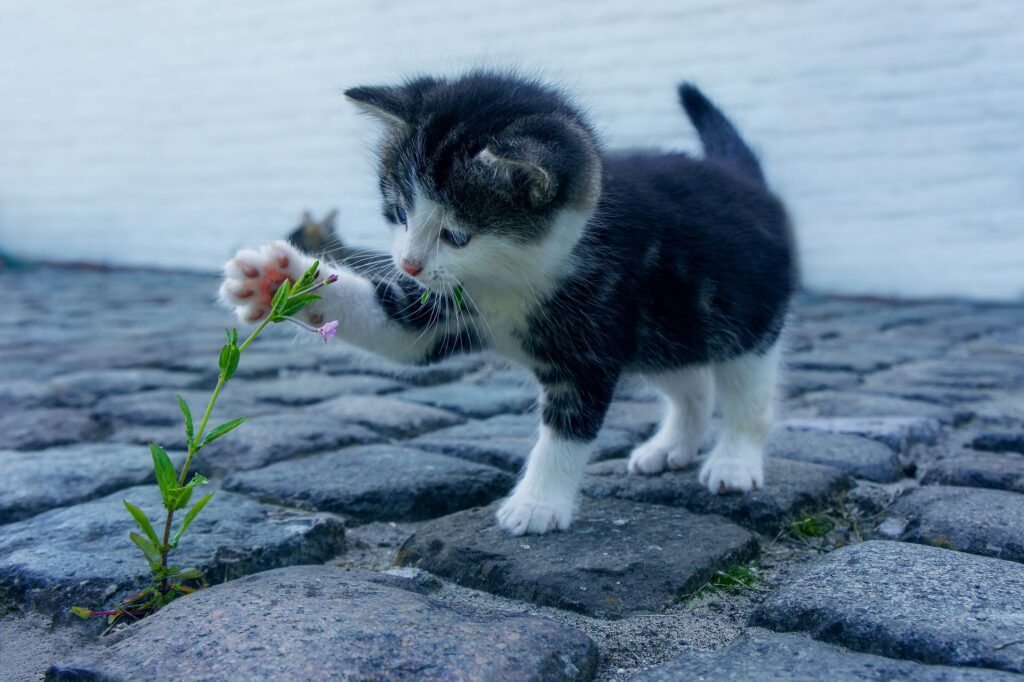
Feng Shui for Animals
If animals are confined, for example, in an aquarium, cage, or terrarium, their territorial management becomes easier once the precise location is identified in accordance with Feng Shui. For example, an aquarium should be positioned taking into account that Water energy is associated with Wood energy and therefore with the related east and southeast sectors. A complete analysis of the most suitable directions according to the type of animal will be presented in the following articles.
Feng Shui Care with Mineral Energy in the Home
The most difficult and least known, at least in its use as a furnishing element in the home, is the mineral kingdom, which in most cases is widespread only in the homes of experts and specialists in the sector such as geologists, petrographers, and enthusiasts in general of gems and minerals.
In reality, the world of stones is the most mysterious of the three, if only for the fact that its origin is linked to that of the Earth and in fact the stones are considered the bones of Mother Earth. The energy connected to them is very powerful but in some way hidden and immobilized, so communicating with this realm is much more difficult than with the plant or animal realm that give fairly rapid answers: an unwatered plant withers quickly and an unfed animal gets sick quickly. The stone, on the other hand, needs care but apparently can remain the same even if neglected. Crystals and stones, however, evolve, slowly, and transform even if the time taken is very long. Therefore, our interaction with them is particular but light, air, and water are agents for their modifications, even subtle but permanent. Therefore, depending on where we put them and the cleaning we do, as well as the microclimate to which we subject them, we can interfere in their slow but unstoppable evolution. For example, a tourmaline crystal with a finely tubular structure positioned in a humid environment rich in fumes can be altered even quickly and crumble suddenly before our eyes.
Mineral energy can be used in the home according to Feng Shui in various ways. Its most common function is to stop the Qi where it is channeled and tends to move too quickly; both in the corridors of the house and on sloping gardens, the stone is useful to slow down the outgoing Qi.
There are then much more refined and subtle uses that concern the “spiritual” improvement of the quality of the Qi, once its flow has been normalized in the house. It is about using stones and crystals for “therapeutic” purposes, according to the new age theories of crystal therapy. On this topic, namely applying crystal therapy in the home, a specific article will be written even if some notes have already been made in the article “Feng Shui and stones”.
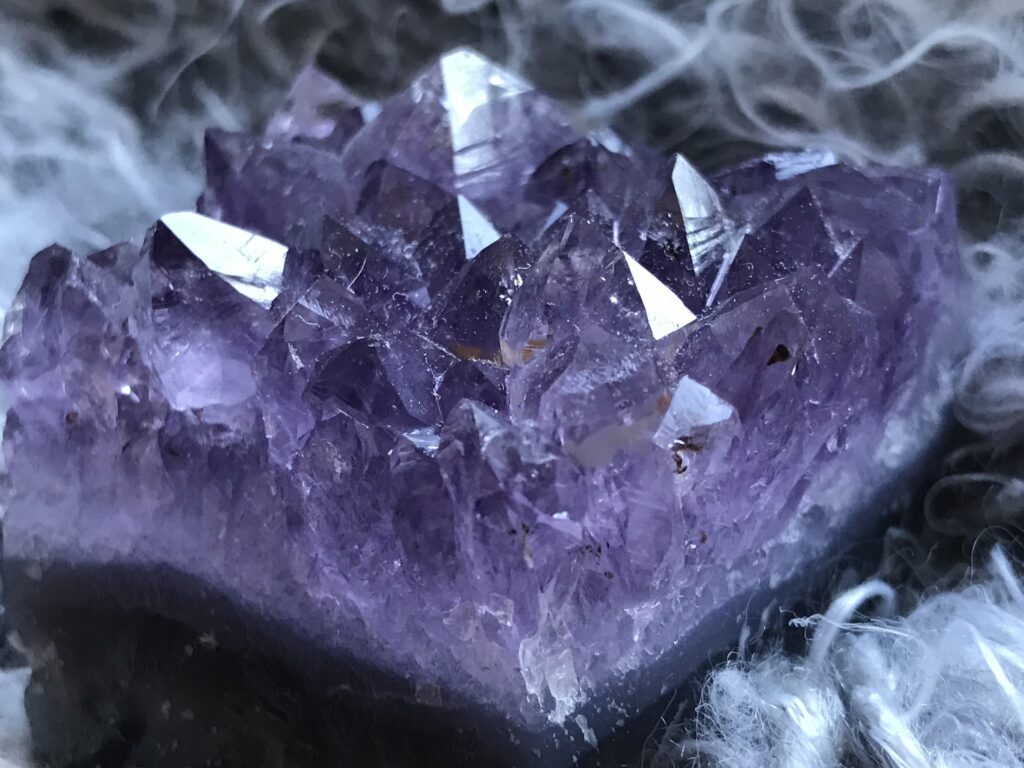
The Cures of Feng Shui with the Five Senses
Another useful framework for working systematically with Feng Shui cures is the one that refers to the five senses:
- LIGHT
- SCENT
- TASTE
- TOUCH
- SOUND
Classical Feng Shui tradition is centered on the first two types of energy, those related to sound and light, but we cannot neglect smell and touch: what impressions do we get from a smelly house or one so full of edges and roughness that we get hurt every second?
Finally, taste, understood in a general sense, but also specifically in the food component, has its own identity in each house.
LIGHT
Light is undoubtedly a fundamental and also drastically limiting factor as it depends on the exposure of the house, over which we can do little once we have chosen our home. However, we must remember that even artificial light, that is, the lighting of the house in the absence of sunlight (dark or nighttime environments) is fundamental.
Then there is the aesthetic aspect linked to light, that is, the so-called “view” both inside and outside the house, which plays a very important role. Here, of course, there are many implications of a psychological nature, since there is an evident subjective aspect, but Feng Shui, for those who consider it, has to propose objective criteria based on the analysis of Qi. For example, the presence of beneficial water in view of the dwelling is a “must” of Feng Shui which here obviously is not appropriate to deepen.
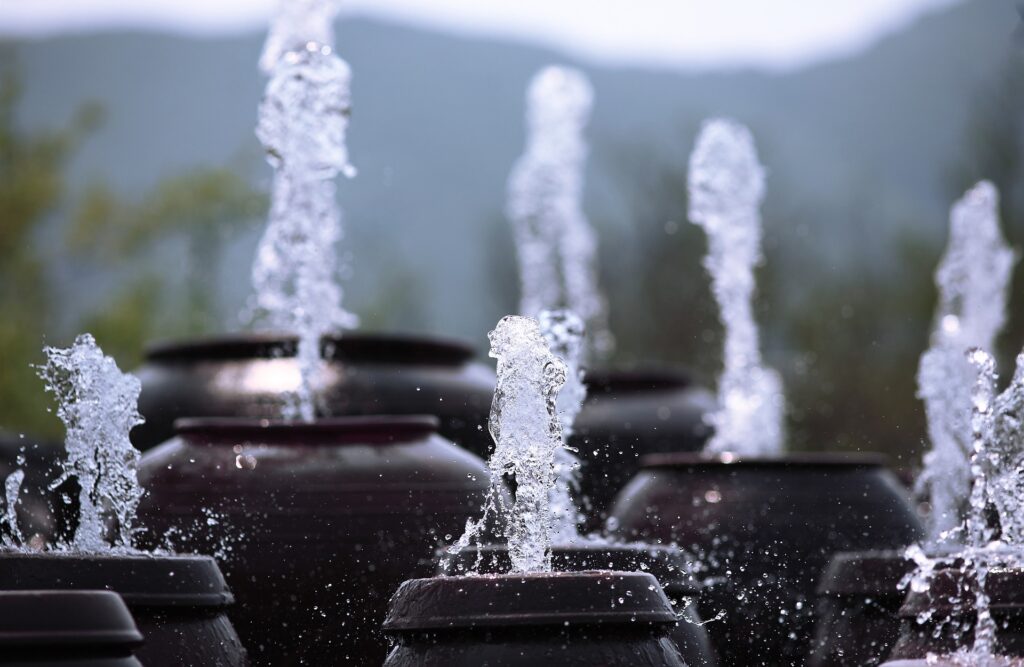
In addition, there are specific Feng Shui cures, related to light energy, that make use of colors and mirrors, to compensate for or increase the flow of Qi, as well as harmonize it according to the indications of the Ba Gua. Mirrors deserve a separate treatment, in this venue it is emphasized that they essentially have a dual function: basically to create virtual spaces in order to enlarge and modify geometries that are too small or irregular and energy management, to absorb or reflect beneficial or harmful Qi.
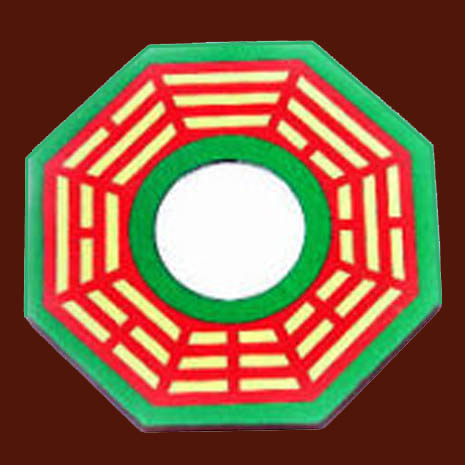
SOUND
Primordial energy that comes before light, at the time of the Big Bang, cannot be ignored when harmonizing an environment. We are often so accustomed to noises or disharmonious sounds in the background that we no longer know how to appreciate the purity of sound or the quality of silence or a natural sound background. There are numerous publications on this topic that also associate it with Feng Shui (see Calanchi, The Sound Landscape). In this article, we want to list the main aspects of sound Qi to consider for good Feng Shui harmonization in the home. Here, too, there are two fundamental functions: one therapeutic and one “managerial”.
The memories of places are often made of sounds, both positive and negative. When a new settlement occurs, it is good practice to do an energy cleansing, a good rule that suggests repeating it at least once a year, as also recalled by the tradition of the Christian blessing of houses.
There are various techniques for the extraordinary energy cleansing of an environment; in any case, whatever the instrument used, low frequencies such as those of the drum are recommended, to bring everything back to a primordial slow rhythm like the cosmic pulsation, or the ocean, or the heart.
Ordinary energy cleansing, on the other hand, can be done with Tibetan bells, at variable frequencies, appropriately chosen according to the local characteristics of the environment.
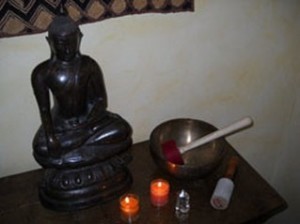
SOUND
Sound is another important aspect to consider. Daily soil management depends a lot on the type of life and the characteristics of the inhabitants; in any case, the use of sound diffusers or musical instruments is always recommended, in line with the taste of the inhabitants but also with the need to bring the Qi of the house to a “central” vibration between high and low frequencies, between Yin energy pushes (sleep, inertia, disorder, silence) and Yang (hyperactivity, discussions, intense work, noises).
SMELL
This sense is very precious because it helps us understand how Qi circulates in a house, and what type of Qi prevails, depending on the shape of the house but also on the activities carried out by its inhabitants.
The stagnation of Qi in the whole environment is a very negative sign and its clue can be the persistence of bad smells from the kitchen or bathroom that spread everywhere.
Obviously this can be caused by poor ventilation or by the structural characteristics of the house.
Conversely, the impermanence of pleasant fragrances voluntarily introduced can be an indication of the opposite problem, namely the presence of drafts that push the Qi to escape quickly. Also in this case it can be a question of non-optimal morphologies.
These problems need to be solved with global interventions, while for the ordinary management of olfactory Qi, it is advisable to ventilate the environment often and perfume it with aromas as desired, using diffusers and essences chosen appropriately according to the moment (relaxation for example) and/or specific needs (for example therapy for health problems).
Finally, the use of intense fragrances to complete energy cleaning with the soil (for example incense or palo santo) should also be considered.

TOUCH
Touch, on the other hand, teaches us that the home is also constantly “touched” by our bodies, particularly our hands and feet. As a result, sensory perceptions vary depending on the materials present. A wise harmony of materials, from the softest to the hardest, is advisable to balance yin and yang. However, it’s important to remember that the emphasis should always be on softness and receptivity, as the home has a feminine yin function of welcoming. This will help attract external Qi, preferably and hopefully beneficial.
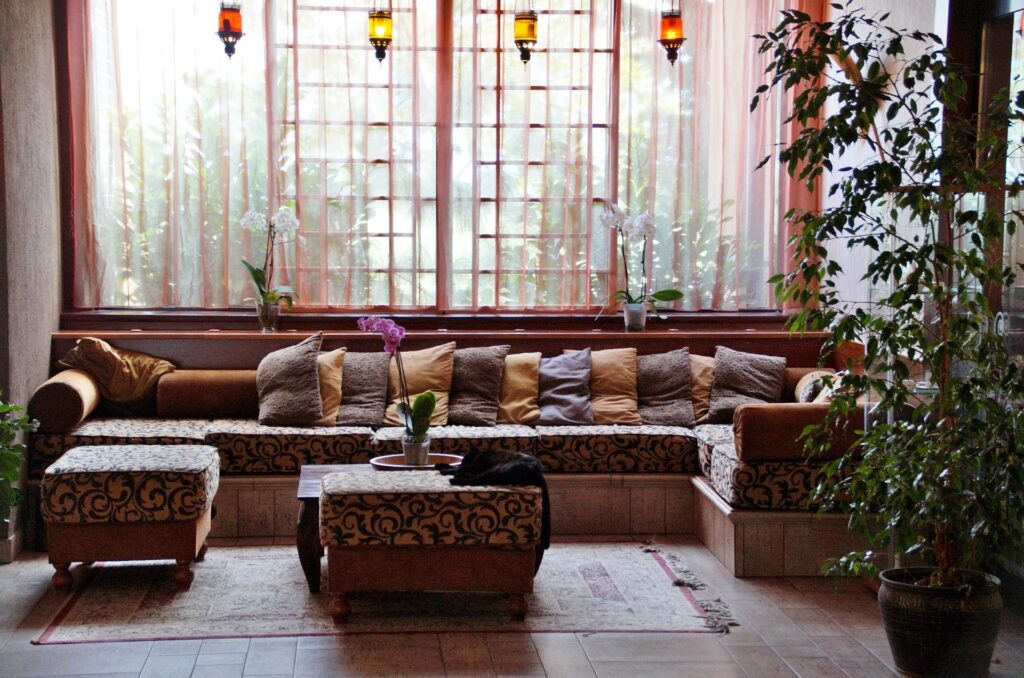
TASTE
Last but not least is the sense of taste, which should be considered globally as the ability of the house to be “tasted” as a well-prepared dish, and also specifically as food is a fundamental vital element that is prepared at home and that is affected by the general Qi, and in particular that of the kitchen. Therefore, the living and furnishing aspects related to the storage, preparation, cooking and consumption of food are very important and should be considered to be harmonized according to the Ba Gua and the law of the Tao, if you want to set up a house with Feng Shui.
